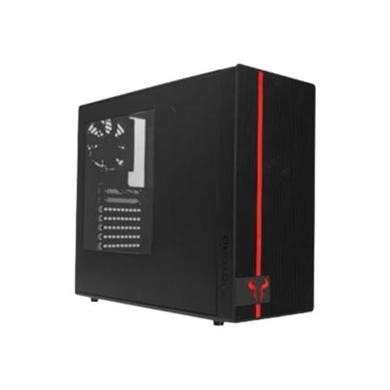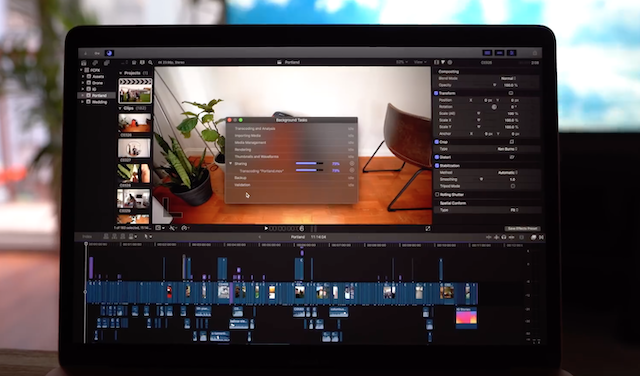

In terms of processing power, this model includes the latest M2 Max chip. Therefore, any photo you edit will look bright and sharp with superb detail even in the highlights and shadows.

It has XDR (Extreme Dynamic Range) technology and a sustained nits brightness of 1000. The 14-inch screen still provides you with ample real estate, and your editing shouldn’t suffer too much as a result. It could be a better choice if you need something smaller that can be used on-site or at photoshoots. This gives you greater portability and doesn’t skimp on specifications, either. Next, we have the fantastic Apple MacBook Pro 14'' (M2 Max). Other notable features include Wi-Fi 6E support, a built-in card reader slot, and four high-speed Thunderbolt ports. The 1,000,000:1 contrast ratio also helps define highlights and shadows so you can really see the detail in your images. With a 16-inch Liquid Retina display, your photos will boast amazing detail and look incredibly vibrant. You can expect editing processes to run smoothly, and this performance is boosted by up to 96 GB of RAM, which far surpasses the recommended specs for software like Lightroom Classic and Capture One Pro. It has the M2 Max chip, which is Apple’s current latest processing unit and packs a whopping 12-core CPU and 38-core GPU. Just be wary of the price tag this is a laptop that you would use in a professional capacity and is not for hobbyist use. You can comfortably use it for high-end photo editing, video editing, and graphic design.

This is by far the most advanced MacBook to date, and it has some incredible specs. The current top MacBook for photo editing is the Apple MacBook Pro 16'' (M2 Max). More memory is always good and the 16GB upgrade will certainly make sure your computer doesn’t slow down when you have a couple apps open.Incredibly expensive compared to desktop computers

The second upgrade is to go up to 16GB of memory. This is because of how Apple configures the modules and the 512GB version is significantly faster than the base 256GB model. As for what you should do the first is to upgrade the SSD to 512GB. First, you don’t need the 10-core upgrade as you won’t get a huge benefit from it. There are a couple of upgrades to recommend and one you don’t need. It’ll be giving you much better playback and rendering than equivalent CPUs on other PCs. This includes hardware encoders and decoders for H.264, HEVC, and ProRes. The M2 chip in this model is going to give you plenty of advantages for video editing. This is the cheapest laptop Apple makes with the M2 chip and it doesn’t even have a fan, but it is still a phenomenal option for mobile video editing. You can also upgrade to a more powerful (aka faster) charger, but that isn’t absolutely necessary.


 0 kommentar(er)
0 kommentar(er)
